Northrop Frye on Allegory

We are still in the the third phase of the Second Essay of the Anatomy of Criticism. This phase of symbolic interpretation got so big that I decided to split it into two parts. In the last installment, I promised to get into the much misunderstood concept of allegory. Allegory is difficult, especially in the Anatomy of Criticism, because it can be used in many senses.
Frye will create a whole spectrum of allegory, which can be seen in this illustration from Denham. Frye said that all criticism in the formal phase is commentary. Frye also says that all commentary is allegory, in his expanded sense.

It is not often realized that all commentary is allegorical interpretation, an attaching of ideas to the structure of poetic imagery. The instant that any critic permits himself to make a genuine comment about a poem (e.g., "In Hamlet Shakespeare appears to be portraying the tragedy of irresolution") he has begun to allegorize. Commentary thus looks at literature as, in its formal phase, a potential allegory of events and ideas.
--Northrop Frye, Second Essay
In order to clear up the confusion this term creates, Frye offers up this definition of true allegory:
We have actual allegory when a poet explicitly indicates the relationship of his images to examples and precepts, and so tries to indicate how a commentary on him should proceed. A writer is being allegorical whenever it is clear that he is saying "by this I also (allos) mean that." If this seems to be done continuously, we may say, cautiously, that what he is writing "is" an allegory. In The Faerie Queene, for instance, the narrative systematically refers to historical examples and the meaning to moral precepts, besides doing their own work in the poem. Allegory, then, is a contrapuntal technique, like canonical imitation in music.
--Northrop Frye, Second Essay
Where a given work falls on the spectrum of allegory depends on how explicit the author is in relating poetic images to ideas. There is an interesting conundrum here in Frye's work. Just prior to this Frye asserted that there is there is no such thing as "author's intent" in stories:
The failure to make, in practice, the most elementary of all distinctions in literature, the distinction between fiction and fact, hypothesis and assertion, imaginative and discursive writing, produces what in criticism has been called the "intentional fallacy," the notion that the poet has a primary intention of conveying meaning to a reader, and that the first duty of a critic is to recapture that intention. The word intention is analogical: it implies a relation between two things, usually a conception and an act. Some related terms show this duality even more clearly: to "aim at" something means that a target and a missile are being brought into alignment. Hence such terms properly belong only to discursive writing, where the correspondence of a verbal pattern with what it describes is of primary importance. But a poet's primary concern is to produce a work of art, and hence his intention can only be expressed by some kind of tautology.
--Northrop Frye, Second Essay
Yet, here is Frye happily explaining works in which the author has in fact more or less clearly indicated how the story relates to something outside of itself. The solution lies in the phrase "primary intention". What I believe Frye to be saying is that no story, insofar as it genuinely is a story, can truly be about the real world. Stories are only hypothetically related to the real world, and this is where their true powers lie. Frye is also saying that stories are not defective attempts at non-fiction, which tries to describe the real world as accurately as possible, but are rather a different thing with distinctive properties of hypothetical relation that are more powerful for being less direct and more general, in the same way that differential equations define not merely one possible solution, but all of the possible solutions.
Frye again turns to science and mathematics for an analogy:
What we have now is a conception of literature as a body of hypothetical creations which is not necessarily involved in the worlds of truth and fact, nor necessarily withdrawn from them, but which may enter into any kind of relationship to them, ranging from the most to the least explicit. We are strongly reminded of the relationship of mathematics to the natural sciences. Mathematics, like literature, proceeds hypothetically and by internal consistency, not descriptively and by outward fidelity to nature. When it is applied to external facts, it is not its truth but its applicability that is being verified.
--Northrop Frye, Second Essay
I think it will be most helpful to give examples of specific works that fall along Frye's spectrum of allegory to explore this distinction.
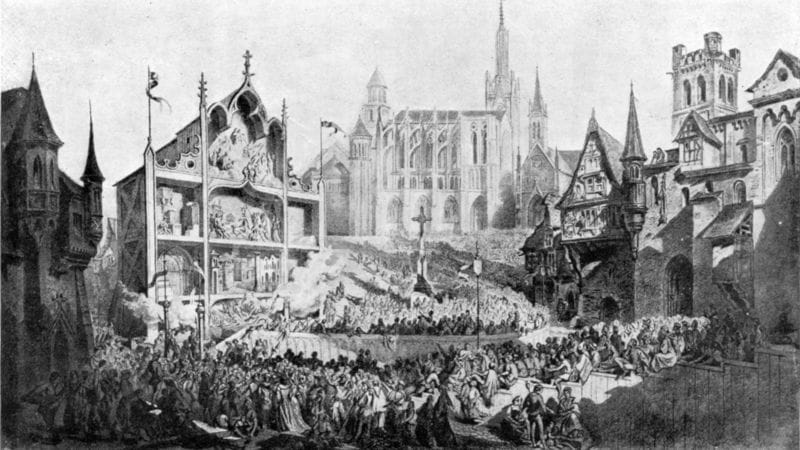
Naive Allegory
The first of Frye's spectrum of allegory, naive allegory, is just barely literature in Frye's sense of a hypothetical verbal structure with meaning primarily directed inward. Frye says "Naive allegory is a disguised form of discursive writing...and its normal form is that of transient spectacle." An historically important form of this is the Medieval Mystery Play, but closer to our own times parades, public service announcements, and political cartoons all serve as excellent examples.
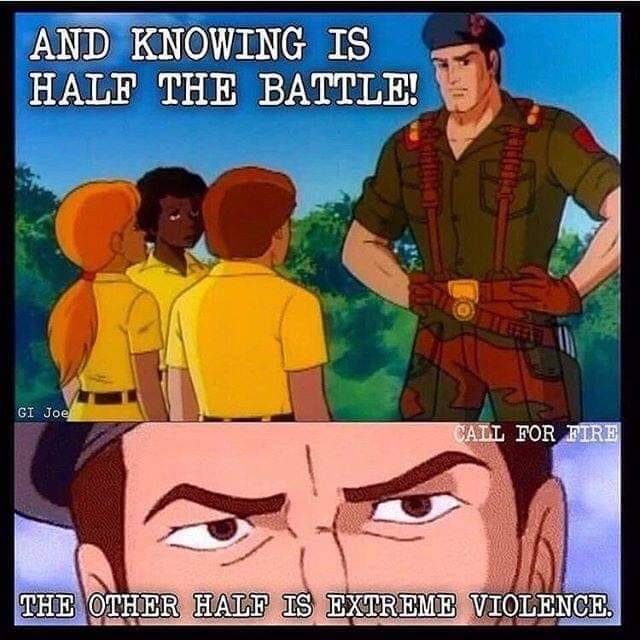
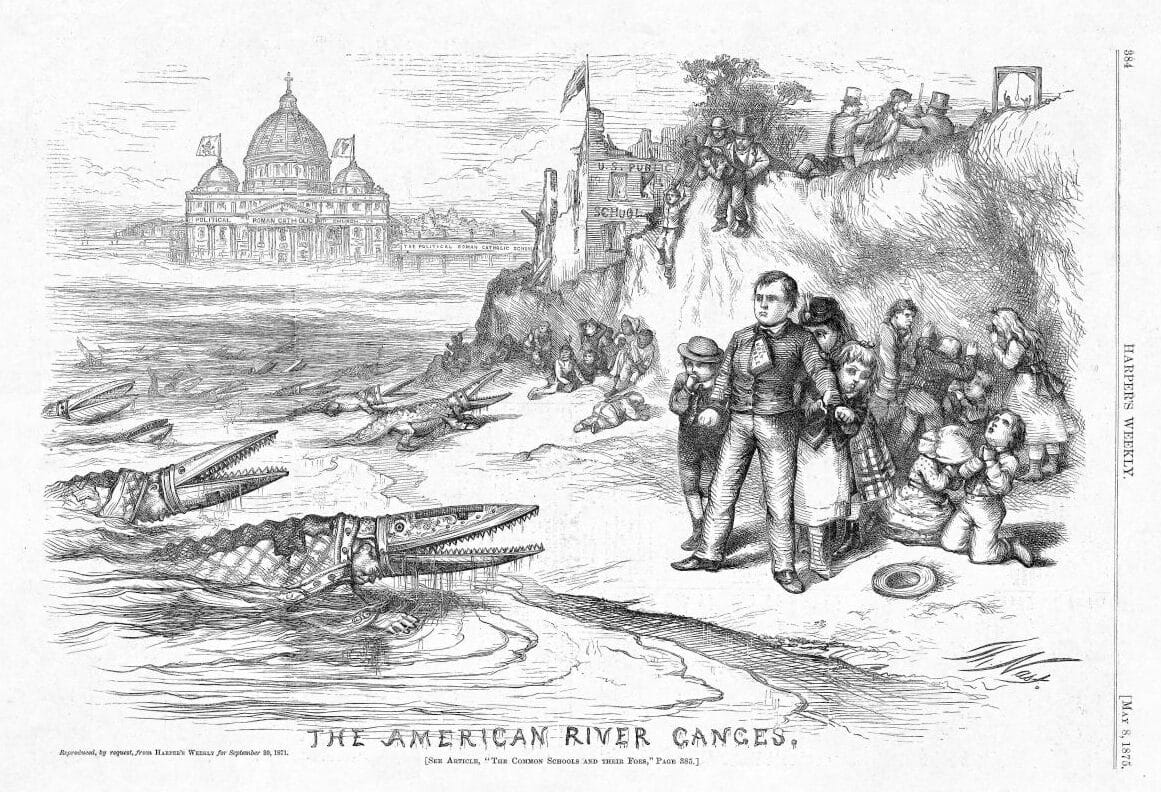
Continuous Allegory
What Frye called a continuous allegory is the dominant historical sense of the term. There are many famous examples, such as The Faerie Queene or The Pilgrim's Progress, but for us probably the most broadly appreciated contemporary example is Encanto.
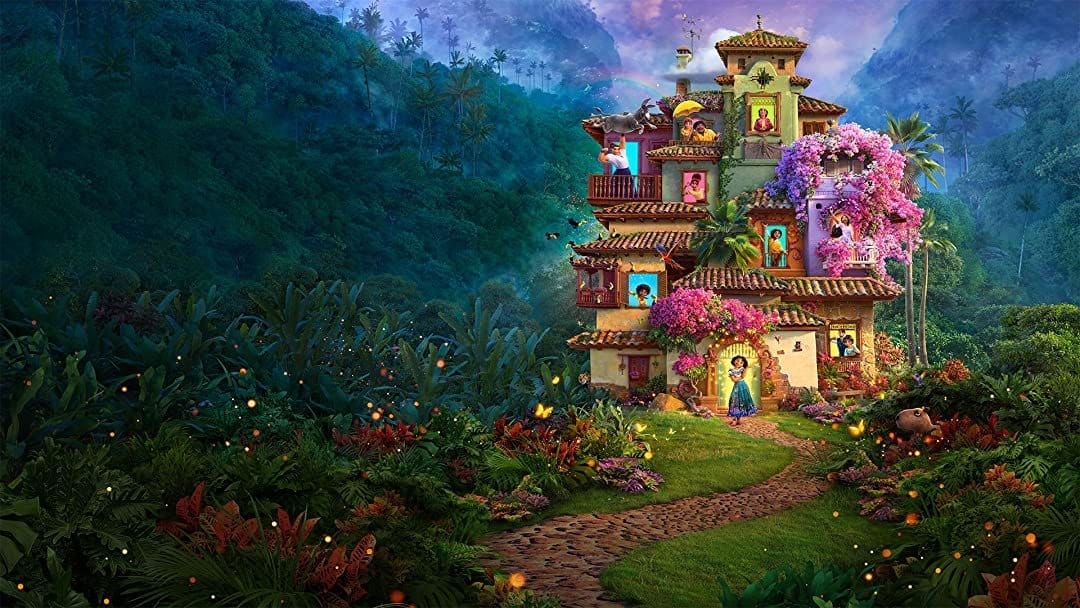
Every character in Encanto, including the house, symbolizes an idea directly. We don't have to guess, because there are no secrets or subtleties here. However, the clarity of continuous allegory is also it's greatest artistic weakness, because allegories can lean on the external meanings and skimp on the internal story logic, as it is not strictly necessary, but the story is often lesser for it.
This phenomenon is part of why Tolkien for example was famously against calling the Lord of the Rings an allegory: allegories often lack enduring artistic value. But, he also was simply stating a fact: the Lord of the Rings is not structured as a continuous allegory. However, it is also the case the C. S. Lewis' Narnia books are not structured as an allegory either.
A mistaken notion came about, probably because so many famous allegories are explicitly Christian, that any work with explicit religious content is an allegory. This is just a category mistake, as it is perfectly possible to write a non-Christian religious allegory, or an atheist allegory. Come to think of it, H. G. Wells probably did that in A Modern Utopia.
Freistimmige
Denham notes that Frye borrowed the term freistimmige or free-style from music, using it to indicated as a less-structured version of the continuous allegory. Frye cites Orlando Furioso and The Scarlet Letter as examples of this style. I would select genre writer Nick Cole as a contemporary example.
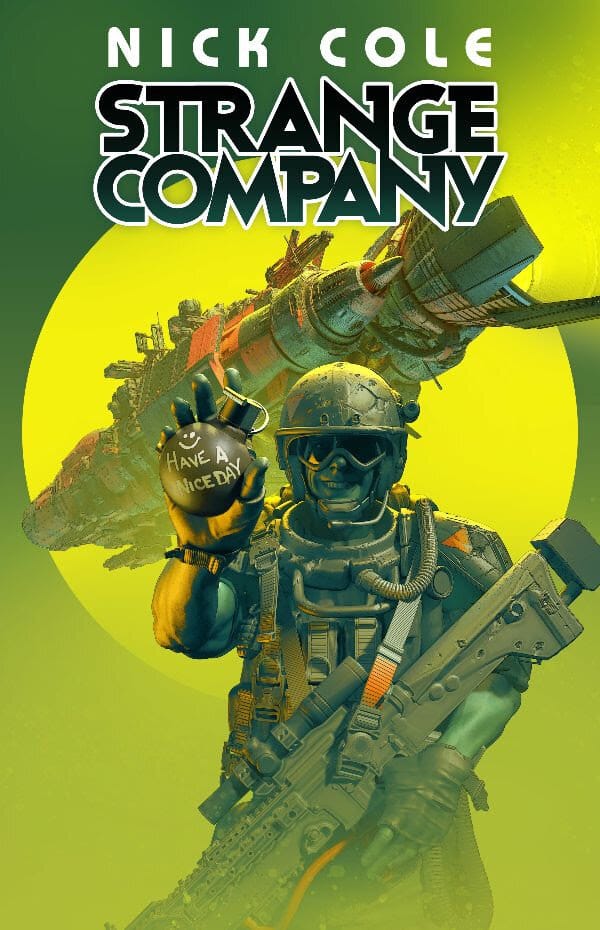
Strange Company is Nick Cole's homage to Glen Cook's The Black Company, but it is more than simply a retelling of that book, as Cole slides in and out of the internal fiction of the story with references that are unmistakably caustic asides on our world. Yet this is done in a way that is never jarring or out of place. Everything obeys the dream-like logic of a fairy-tale, even as the content of the story follows closely with the harsh realities of modern day war.
Doctrinal
What Frye means by doctrinal allegory are those works of art with a strong didactic sense. Frye uses the technical term exemplum for the classical and medieval genre that embodies this type:
Next come the poetic structures with a large and insistent doctrinal interest, in which the internal fictions are exempla, like the epics of Milton.
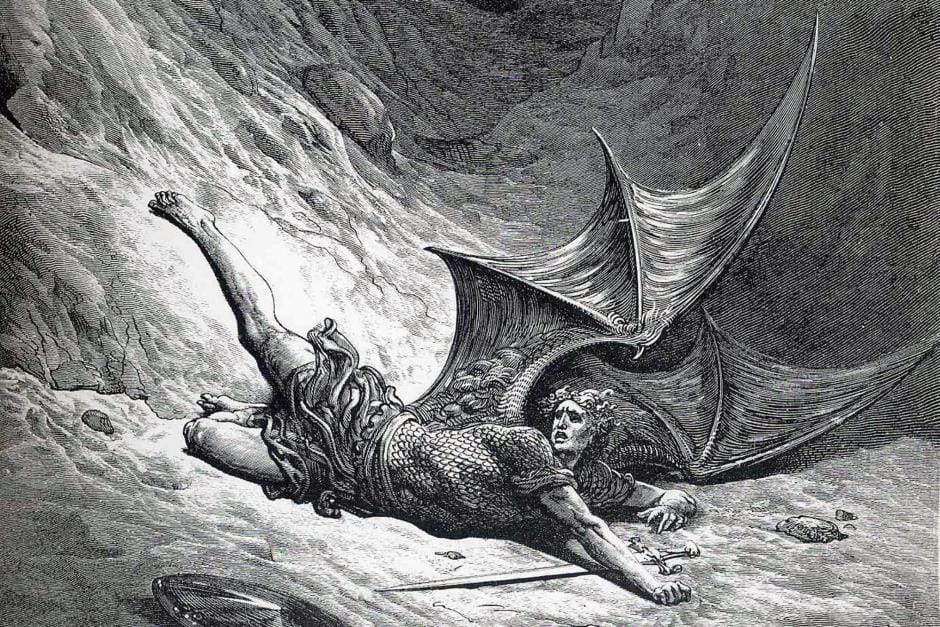
C. S. Lewis' Space Trilogy falls into this category, as Paradise Lost was clearly one of Lewis' inspirations.
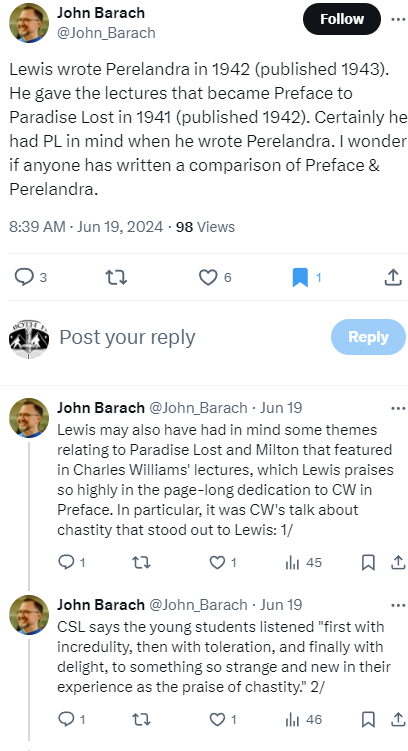
I would also put Narnia here, as the Narnia stories are broadly within the bounds of what Jerry Pournelle called "juveniles":
a protagonist on the cusp of growing up, no sex scenes, a lot of details about magic/technology/etc., and some mildly didactic life lessons.
Well, maybe not the "mildly" didactic part.
Implicit
Implicit allegory is simply a normal story, the central tendency of literature across time. Novels especially fall into this category, but Frye also lists Shakespeare's plays. The story isn't about anything except itself, but the best examples of implicit allegory are always rich in insight.
Some examples:
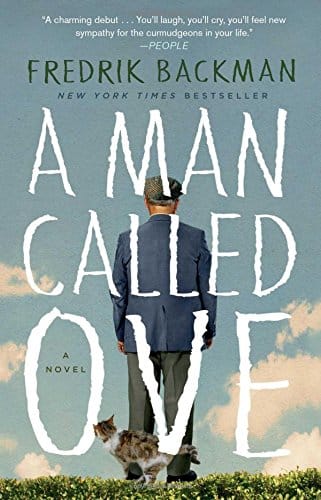
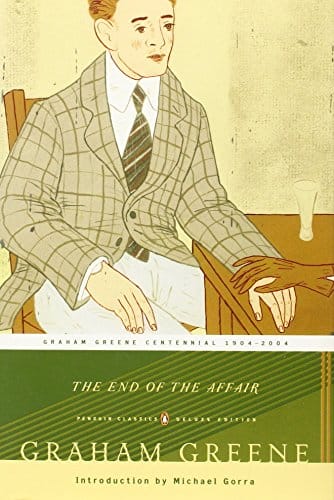
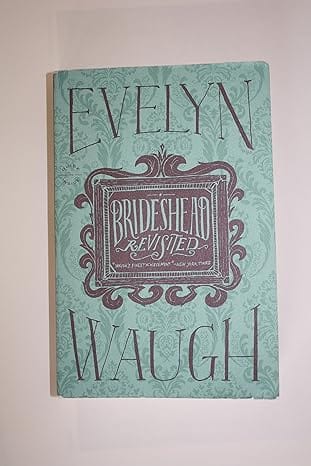
This is where I think The Lord of the Rings goes.
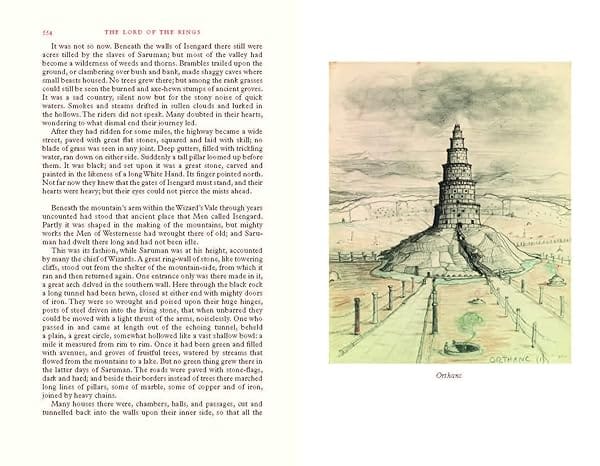
Ironic
Ironic allegory is where most of us feel that artistic and sophisticated books live. Meaning recedes as paradox and indirection come to the fore. Outside of realistic novels, this is the dominant form of twentieth and early twenty-first century writing.
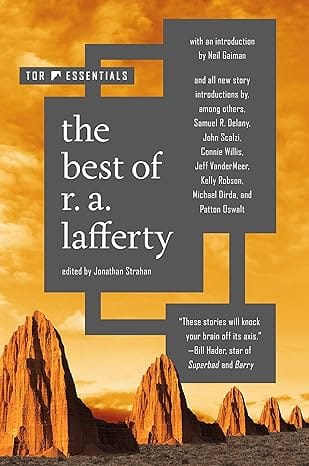
John Reilly said "The works of R. A. Lafferty (1914-2002) are not too far out be reviewed by an ordinary human being. However, one must reach into an awkwardly positioned dimension to lay hold of them."
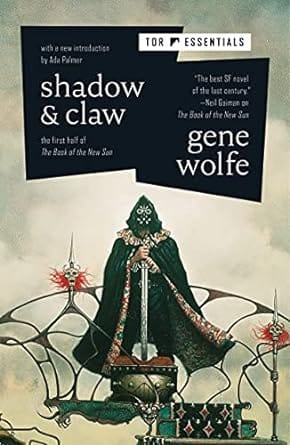
Gene Wolfe is famously obscure and indirect.
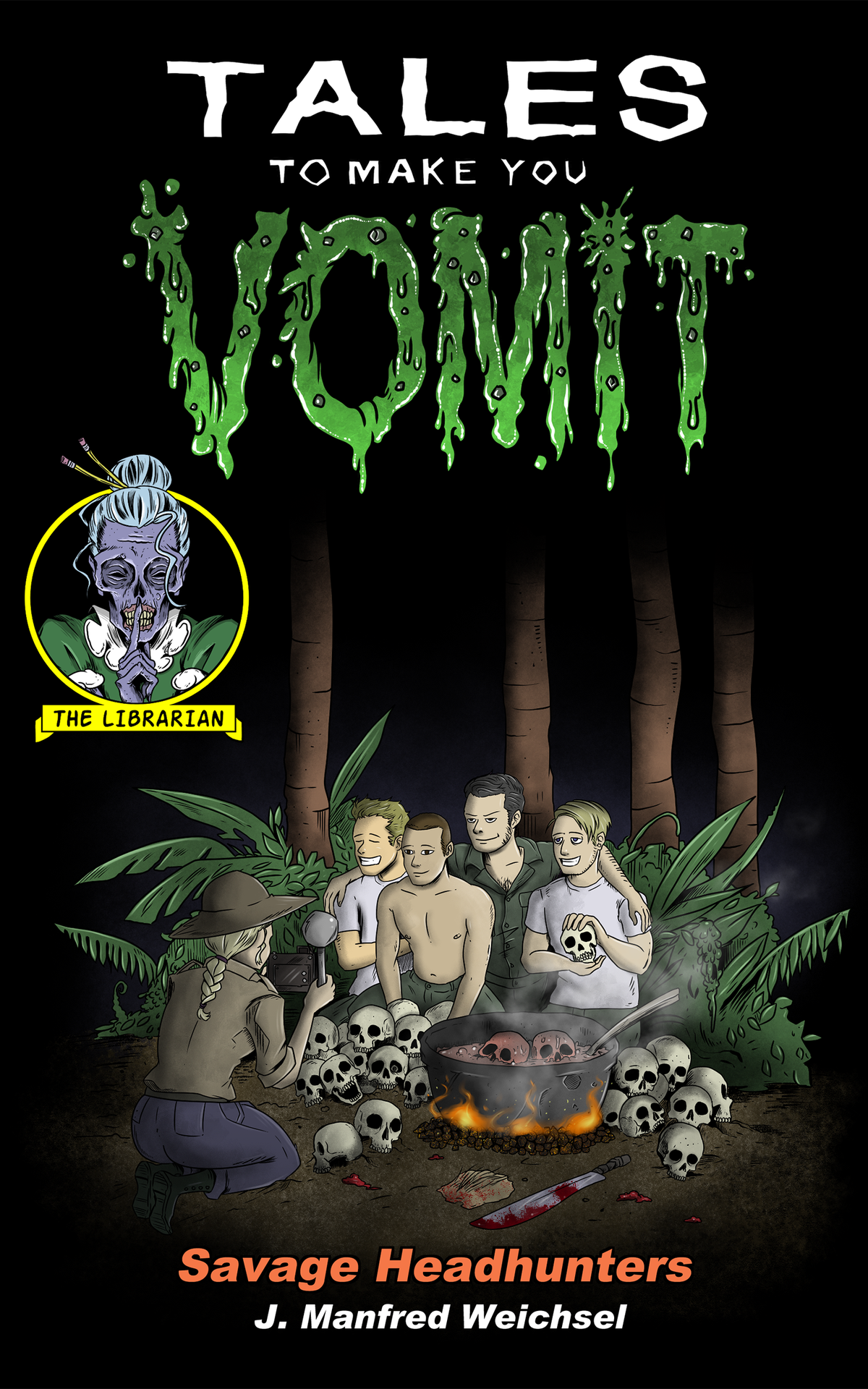
In addition to obscurity, it is also possible to put artistic focus on the disturbing and the disgusting, as in Jon Weichsel's work.
Indirect
Here at the other end of the spectrum, we return to things that are just barely stories. Stuff that's so experimental it stops making sense, or breaks all the rules in a bad way, which are after all the same things. Dadaism is the supreme example of this.
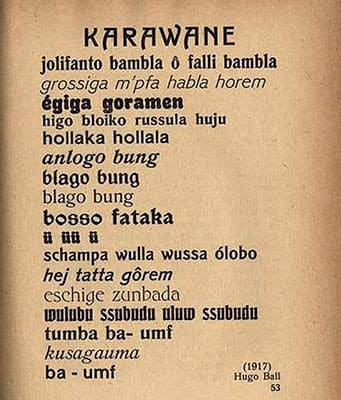
Hugo Ball's poem Karawane can stand in for much of Dada.
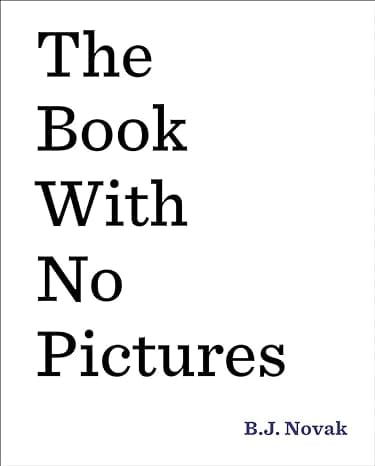
Karawane reminds me of The Book With No Pictures, which has some of the same sounds in it.
Now that we have gone through the spectrum of allegory, we can see why Frye insists that stories only have hypothetical relations to reality.
We live in a world of threefold external compulsion: of compulsion on action, or law; of compulsion on thinking, or fact; of compulsion on feeling, which is the characteristic of all pleasure whether it is produced by the Paradiso or by an ice cream soda. But in the world of imagination a fourth power, which contains morality, beauty, and truth but is never subordinated to them, rises free of all their compulsions. The work of imagination presents us with a vision, not of the personal greatness of the poet, but of something impersonal and far greater: the vision of a decisive act of spiritual freedom, the vision of the recreation of man.
--Northrop Frye, Second Essay
His argument is ultimately theological: the freedom with which we can make stories is a participation in the divine freedom of God, giving us a little world of the imagination to create. And while Frye focuses in on the uncompelled nature of this sub-creation, he will also at the same time insist that stories have a structure internal to themselves, and that the best stories embrace this structure or form. Which will be our topic for next time: Symbols as Archetypes.
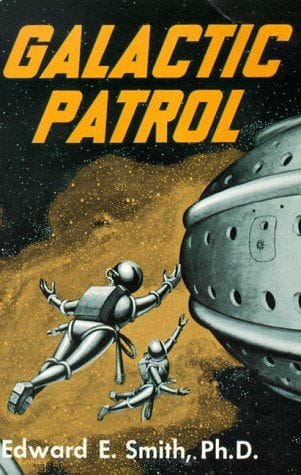
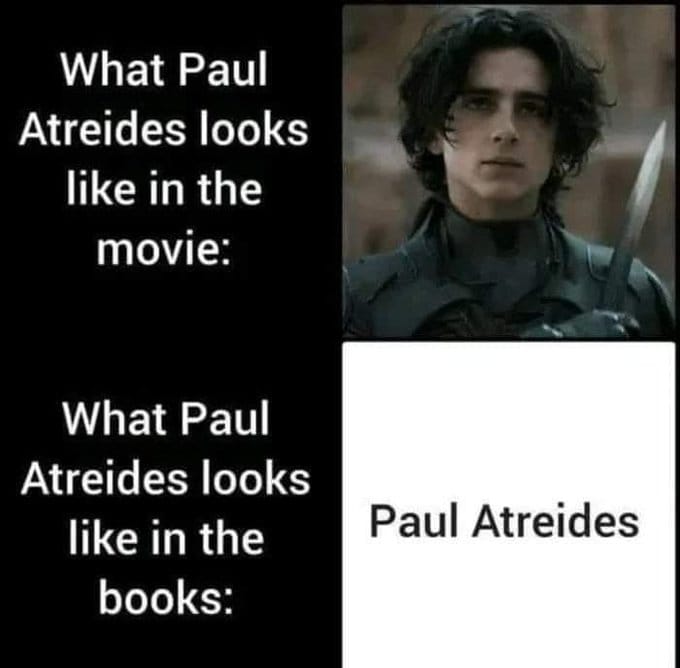
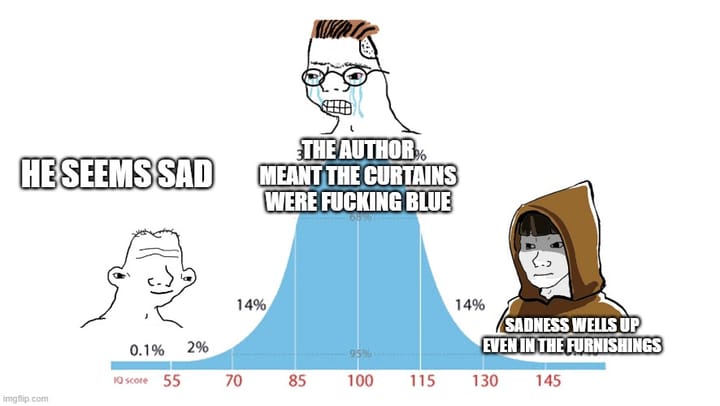
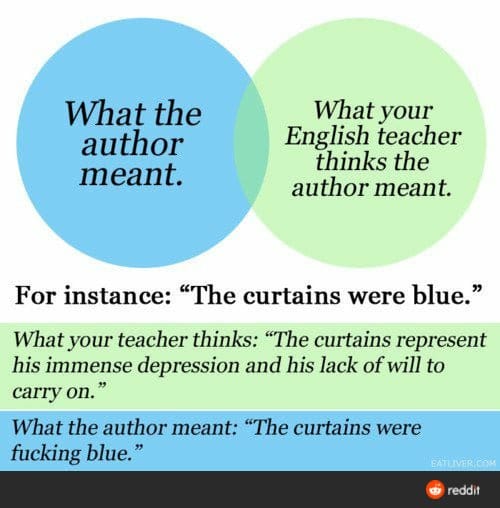
Comments ()